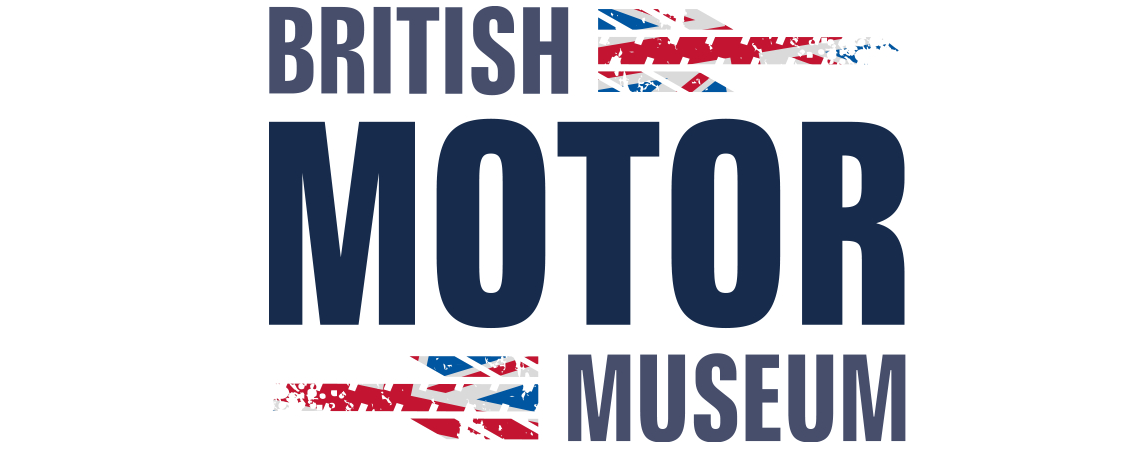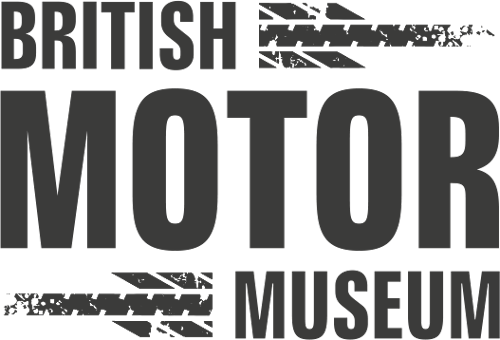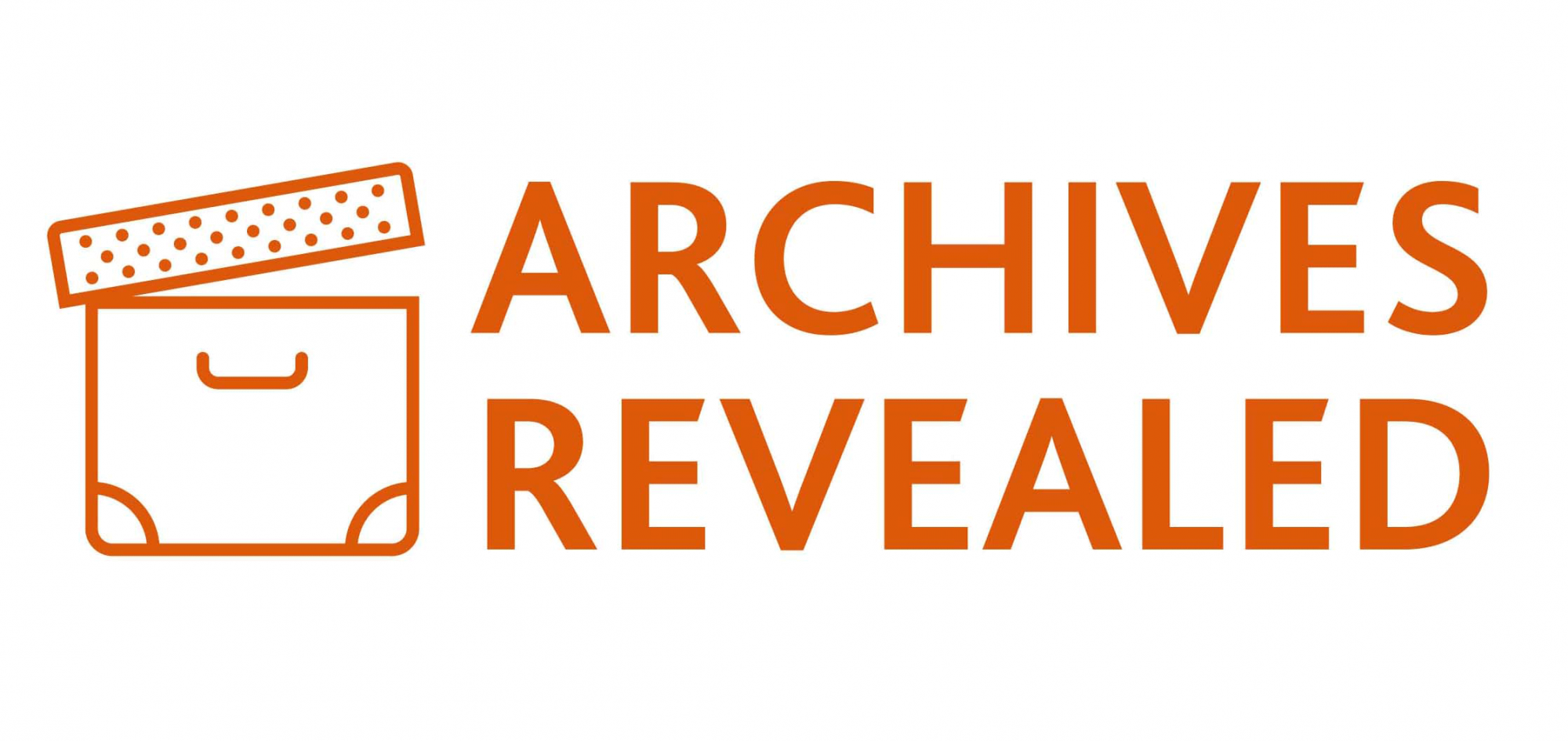Want to dispense with Vehicle Excise Duty?
Apply now for proof your vehicle was manufactured over 40 years ago
Heritage Certificates are well known in the classic car world, helping owners to discover the details of their vehicles as recorded in the original factory build records. But the documents offered by BMIHT can do much more than this, providing solutions to many problems that might arise when dealing with tax or licensing authorities all over the world.
Read on to find out what information various authorities might require, the documents they will accept, and how we can help.
1. Which document do I need?
1.1 Exemption from Vehicle Excise Duty (UK) – Heritage Certificate
1.2 Exemption from MOT Test Certificate (UK) – Heritage Certificate
1.3 Age-related Registration Marks (UK) – Heritage Certificate
1.4 Individual Vehicle Approval Test (UK) – Dating Letter
1.5 Certificate of Conformity (EU) – Heritage Certificate with Technical Specification
1.6 Imports to the USA – Heritage Certificate or Dating Letter
For details of the documents available, and the vehicle models for which BMIHT holds factory records, go to our Heritage Certificates pages. If you need any further guidance please email certificates@britishmotormuseum.co.uk
1.1 Exemption from Vehicle Excise Duty (UK)
What’s it for?
In 2014, a 40 year rolling exemption from Vehicle Excise Duty was introduced for classic vehicles. This means that, every year on 1 April (the start of the new tax year), the cut-off date for tax exemption moves forward a year. This benefit applies to any vehicle manufactured before 1 January of the qualifying year, regardless of when it was registered. So, for example, on 1 April 2018 any car built before 1 January 1978 will be eligible for exemption. In order to claim this benefit the classic car owner will need to apply to the DVLA to change the taxation classification of their vehicle from 'Private Light Goods' to 'Historic Interest'. Only once this has been done will the car be exempt from Vehicle Excise Duty.
Where a vehicle was manufactured in the year prior to its registration, once the actual date of manufacture is accepted by the DVLA the vehicle will be shown as in the 'Historic' class. If you are unsure what date your vehicle was manufactured you can find out via our Information Services.
Which document do I need?
The Heritage Certificate (a certified copy of a vehicle’s factory record) is accepted by the DVLA as proof of the date of manufacture. This is of particular benefit if your vehicle was registered in the early part of a particular year because it is possible it was actually manufactured in the previous year and is therefore eligible for historic vehicle status. A Heritage Certificate will prove this and save you money. Previously local Vehicle Registration Offices (VRO) accepted a Dating Letter. In 2013, VROs were closed and operations were centralised at DVLA headquarters in Swansea. At this time, the DVLA Vehicle Post Registration / Strategy & Policy Directorate decided only a full Heritage Certificate would now be accepted as proof of a vehicle’s age.
1.2 Exemption from the MOT Test (UK)
What’s it for?
New MOT regulations will be coming into effect across the UK from the 20 May 2018. Any car first registered or manufactured more than 40 years ago will no longer require an MOT, although owners can still voluntarily put their cars through the testing process. This 40 year rule is a rolling date, so in 2019 for example, cars registered or manufactured in or before 1979 will not require an MOT. In order to be MOT exempt you will also need to annually register your car as a 'Vehicle of Historic Interest' (VHI) by completing a V112 declaration form.
The exception to the 40 year MOT exemption rule is when a car has undergone 'substantial' changes. See more information on the regulations around these changes.
Which document do I need?
The Heritage Certificate (a certified copy of a vehicle’s factory record) is accepted by the DVLA as proof of the date of manufacture. Previously local Vehicle Registration Offices (VRO) accepted a Dating Letter. In 2013, VROs were closed and operations were centralised at DVLA headquarters in Swansea. At this time, the DVLA Vehicle Post Registration / Strategy & Policy Directorate decided only a full Heritage Certificate would now be accepted as proof of a vehicle’s age.
1.3 Age-related Registration Marks (UK)
What’s it for?
A vibrant classic car market has seen an increase in the number of classic vehicles being restored and/or imported back into the UK from the original overseas’ destinations. Other cars have just been re-registered over the years without leaving the UK. To re-register a classic car in the UK with a Registration Mark appropriate to the age of the vehicle, the DVLA require proof of the date of manufacture. If this cannot be established, the vehicle will be issued with a ‘Q’ registration mark.
Which document do I need?
The Heritage Certificate (a certified copy of a vehicle’s factory record) is accepted by the DVLA as proof of the date of manufacture. Previously local Vehicle Registration Offices (VRO) accepted a Dating Letter. In 2013, VROs were closed and operations were centralised at DVLA headquarters in Swansea. At this time, the DVLA Vehicle Post Registration / Strategy & Policy Directorate decided only a full Heritage Certificate would now be accepted as proof of a vehicle’s age.
1.4 Individual Vehicle Approval Test (UK)
What’s it for?
To be deemed road legal, a self-assembled vehicle must undergo an Individual Vehicle Approval (IVA) test. One of the criteria will be engine emissions, and the standards applied will be determined by the age of the engine. For example, an engine built in the year 2000 will need to meet far stricter emissions standards than an engine manufactured in 1980. The Rover V8 (manufactured between 1967 and 2002) is one of the most popular engines used in self-assembled (kit) cars. Our records can help to establish the age of engines originally installed in British Leyland vehicles. Please note, we can only provide documents for Rover V8 engines used in British Leyland models (ie Rover, MG, Triumph and Land Rover). We are unable to date or produce documents for Rover V8 engines which were used in other marques, such as Morgan, TVR or Freight Rover / Leyland DAF.
Which document do I need?
Proof of the date of manufacture can be provided by a Dating Letter. In many cases we can provide a precise year of manufacture for a Rover V8 engine. In other cases we can only supply the date based on the years a certain specification of engine was in production. This is due to inconsistencies in the way this information was recorded by British Leyland. For advice on the accuracy of information we can provide for a specific engine, please email certificates@britishmotormuseum.co.uk
1.5 Certificate of Conformity (EU)
What’s it for?
All cars sold within the European Union (EU) must have a ‘Certificate of Conformity’ (CoC) to show they conform to all the standards demanded by member states within the European Union. Without it, a vehicle cannot be imported or registered for the road within an EU country. The CoC was introduced when the Single Internal Market became official on 1 January 1993, so no vehicle manufactured before this date will have one.
Which document do I need?
In our experience authorities within the EU have accepted, in place of a CoC, a Heritage Certificate combined with a Technical Specification. The Heritage Certificate lists the details recorded against an individual chassis number, whereas the Technical Specification lists the technical data for the model, as published by the manufacturer at the time the vehicle in question was manufactured. There is no formal agreement between BMIHT and registration authorities within the European Union (except for the DVLA). It is therefore up to the owner of the vehicle to explain to the relevant authority why a CoC cannot be presented, and that they are providing the BMIHT documents described above in its place. Acceptance of these documents will allow the vehicle to be registered in the relevant country.
1.6 Imports to the USA
What’s it for?
When importing a classic car to the USA, the authorities are primarily interested in the date of manufacture. The standard of proof required may vary from a simple date of build to full details of the car’s original specification. The higher standard will be demanded when there are specific issues about imports of certain models of car, usually those with a higher value which may be subject to attempted fraud. Vehicles which have been modified, by replacing the engine for example, may also be subject to greater scrutiny.
Which document do I need?
Depending on the level of proof required, BMIHT can provide either a Heritage Certificate (a certified copy of a vehicle’s factory record) or a simple Dating Letter (build date only), both of which have been accepted by US authorities in the past. If you are in any doubt about which document is most appropriate for your vehicle, please email certificates@britishmotormuseum.co.uk for advice.




















.png)


